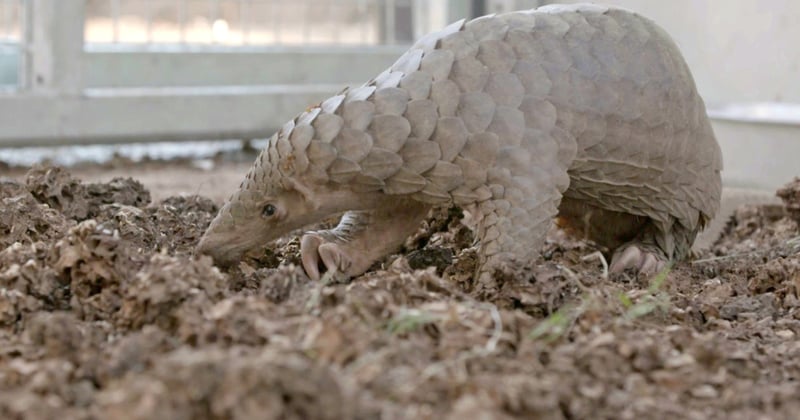
Data gaps put over 64,000 illegally traded wild animals at risk
News
We call for change as report reveals tens of thousands of wild animals confiscated by enforcement agencies cannot be traced
Between 2010 and 2014, more than 64,000 live wild animals were seized by wildlife enforcement agencies according to the Convention on international Trade in Endangered Species of Wild Flora and Fauna (CITES) trade database.
Our new report, 'Tip of an iceberg', published in conjunction with the University of Oxford Wildlife Conservation Research Unit (WildCRU), reveals that information about both seizure numbers and outcomes for the animals is severely lacking.
We are concerned this places the well-being and survival of seized wildlife at risk. Many wild animals could be re-entering the wildlife trafficking industry as they simply aren't accounted for.
Tip of the iceberg
The figure of 64,000 is likely to be a fraction of the true picture, as only one in three countries party to CITES provided information on live wildlife seizure numbers. We uncovered that two out of three countries did not report any seizures, despite poaching of endangered species to supply the illicit global wildlife trade estimated to be worth between $8-10 billion per year.
These shocking findings have prompted us to call for better reporting of seizures and the fate of confiscated live wild animals.
Difficult decisions
Once animals have been confiscated, national authorities must decide whether to:
- keep them in captivity,
- return them to the wild,
- or euthanize them.
CITES provides guidelines to aid decision-making based on the conservation status and welfare needs of the animals.
However, information about the fate of these wild animals is not a formal CITES requirement.
A better way forward
University of Oxford’s Professor David Macdonald, senior researcher for the study, said: “Only a relatively small proportion of wild animals involved with illegal trade are thought to be intercepted by enforcement agencies – confiscation records were completely missing for 70% of countries Party to CITES. Given the rapidly growing global trends in illegal wildlife trade activity, it is highly unlikely that no live wildlife seizures were made on their borders.
“The records that were provided show that around 20% of all live wild animals reported as seized are currently considered to be threatened by extinction. We strongly recommend that the CITES trade database should include information on the fate of all live wild animal seizures, so we know what happens to these animals, and we can reduce the risk of them re-entering the illegal wildlife trade.”
World Animal Protection’s Dr Neil D’Cruze, lead researcher for the study, said: “The illegal wildlife trade is a big, complex and dirty business. National authorities play a key role, facing some tough choices when they seize animals.
“Improved data recording is critical to knowing what happens to each animal, and can help in looking at the challenges and issues enforcement agencies face in managing animals after seizure. Without this transparency, there's a real possibility that endangered species may be put back into the hands of the same criminals whom they were taken from. We need to be able to account for these wild animals.”
What happens next?
The findings and recommendations of this research will be presented at the 17th meeting of the Conference of the Parties (CoP) in Johannesburg, South Africa on 27 September 2016 during a side event focused on the confiscation of live wild animals organised by the Species Survival Network (SSN).
Find out more about the work we're doing to protect wildlife, and how you can help.
Without this transparency, there's a real possibility that endangered species may be put back into the hands of the same criminals whom they were taken from - World Animal Protection’s Dr Neil D’Cruze, lead researcher for the study.